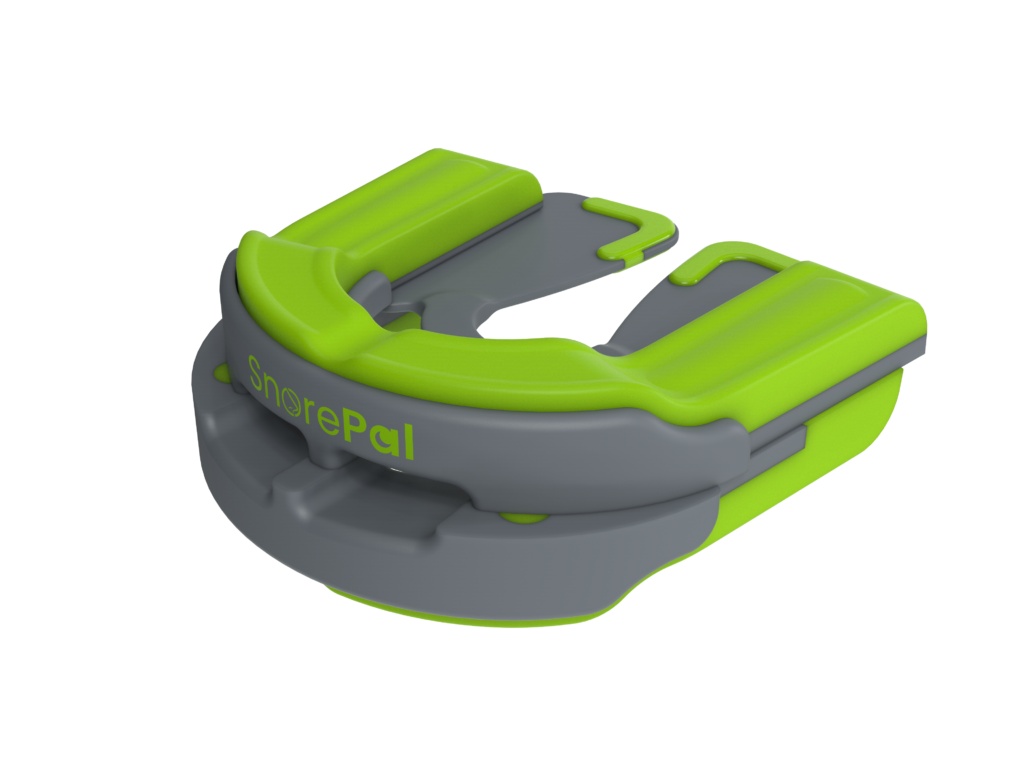Blog Post Title: How to Incorporate Nasal Irrigation into Your CPAP Therapy for Snoring
Summary:
Snoring can be a frustrating and disruptive issue for both the snorer and their partner. It can lead to poor sleep quality, daytime fatigue, and even strain relationships. One common treatment for snoring is continuous positive airway pressure (CPAP) therapy, which involves wearing a mask connected to a machine that delivers pressurized air through the nose to keep the airway open. However, some CPAP users may experience nasal congestion or dryness, which can affect the effectiveness of the therapy. This is where nasal irrigation can come in as a helpful addition to CPAP therapy. In this blog post, we will discuss what nasal irrigation is, its benefits for snoring and CPAP therapy, and how to incorporate it into your CPAP routine.
What is Nasal Irrigation?
Nasal irrigation, also known as nasal rinsing or nasal douching, is a practice that involves flushing out the nasal passages with a saline solution. This method has been used for centuries in traditional medicine to help alleviate nasal congestion, allergies, sinus infections, and other respiratory issues. Nasal irrigation can be done using a variety of tools such as a neti pot, squeeze bottle, or nasal irrigation system.
Benefits of Nasal Irrigation for Snoring and CPAP Therapy
Nasal irrigation can have several benefits for those who snore and use CPAP therapy:
1. Helps with Nasal Congestion: Nasal congestion can be a common side effect of CPAP therapy, especially for those who are new to using the machine. The pressurized air can dry out the nasal passages and cause them to become inflamed, leading to congestion. Nasal irrigation can help flush out mucus and irritants, providing relief from congestion and allowing for better breathing.
2. Reduces Dryness: CPAP therapy can also cause dryness in the nose, leading to discomfort and even nosebleeds. Nasal irrigation adds moisture to the nasal passages, reducing dryness and making breathing more comfortable.
3. Improves CPAP Effectiveness: Nasal congestion and dryness can affect the effectiveness of CPAP therapy by causing air leaks and making it difficult for the user to tolerate the machine. By incorporating nasal irrigation into your CPAP routine, you can ensure that your nasal passages are clear and moisturized, making the therapy more effective.
4. Alleviates Allergies: Allergies can often contribute to snoring and nasal congestion. Nasal irrigation can help remove allergens from the nasal passages, providing relief from allergy symptoms and improving sleep quality.

How to Incorporate Nasal Irrigation into Your CPAP Therapy for Snoring
How to Incorporate Nasal Irrigation into Your CPAP Routine
If you are interested in incorporating nasal irrigation into your CPAP therapy for snoring, here are some steps to follow:
1. Consult with Your Doctor: Before starting any new treatment, it is essential to consult with your doctor. They can advise you on the best type of nasal irrigation and saline solution for your specific needs.
2. Choose the Right Nasal Irrigation Device: There are various tools available for nasal irrigation, such as neti pots, squeeze bottles, and nasal irrigation systems. Each has its advantages, so it is essential to choose one that you feel comfortable using.
3. Prepare the Saline Solution: Most nasal irrigation devices come with packets of pre-measured saline solution. However, you can also make your own saline solution using distilled water and salt. It is essential to follow the instructions for preparing the solution correctly.
4. Perform Nasal Irrigation: To perform nasal irrigation, tilt your head to the side over a sink, and gently insert the tip of the device into your upper nostril. Slowly pour or squeeze the saline solution into your nose, allowing it to flow out of the other nostril. Repeat on the other side.
5. Clean Your Nasal Irrigation Device: It is crucial to clean your nasal irrigation device after each use to prevent the growth of bacteria and mold. Follow the manufacturer’s instructions for proper cleaning and storage.
6. Incorporate into Your CPAP Routine: Nasal irrigation can be done at any time of day, but it is best to do it before using your CPAP machine. This will help clear your nasal passages and make breathing more comfortable during therapy.
7. Be Consistent: Like any treatment, consistency is key for seeing results. Make sure to incorporate nasal irrigation into your CPAP routine consistently for the best results.
Conclusion:
Nasal irrigation can be a beneficial addition to CPAP therapy for snoring. It can help with nasal congestion, dryness, allergies, and improve the effectiveness of the therapy. By following the steps outlined in this blog post, you can easily incorporate nasal irrigation into your CPAP routine and experience the benefits for yourself.
